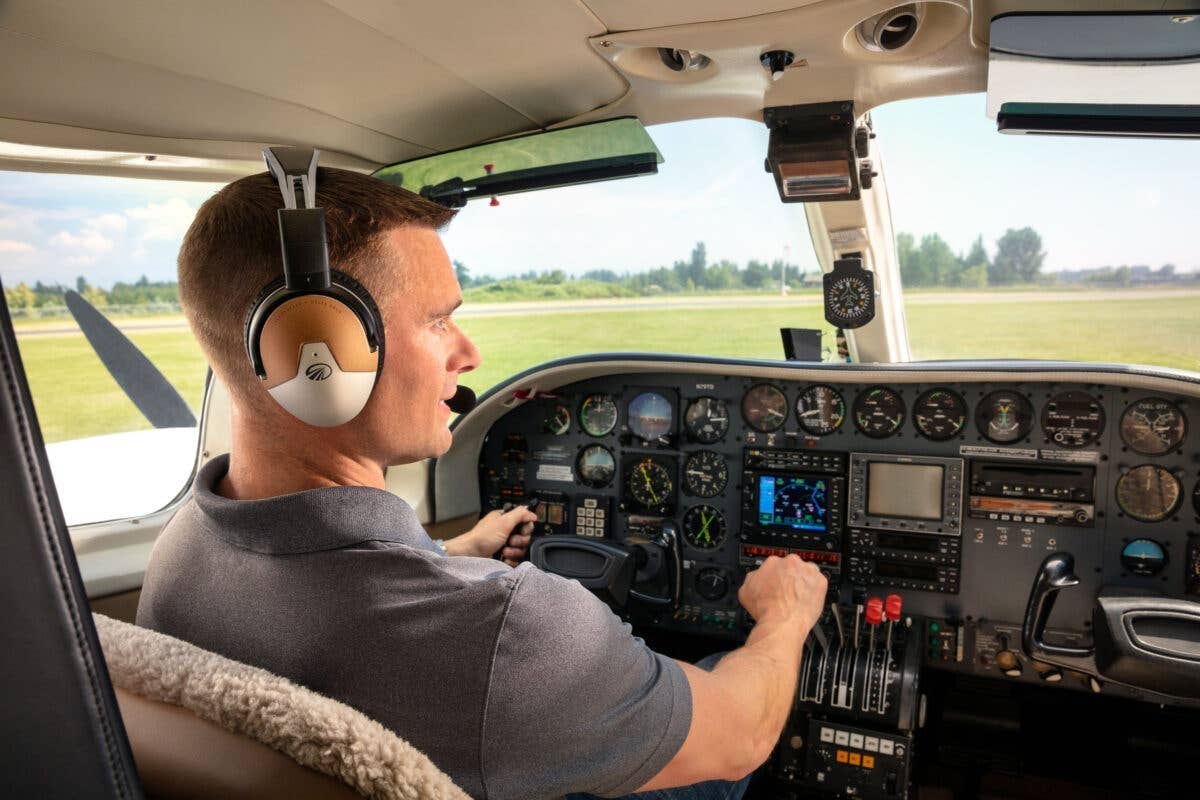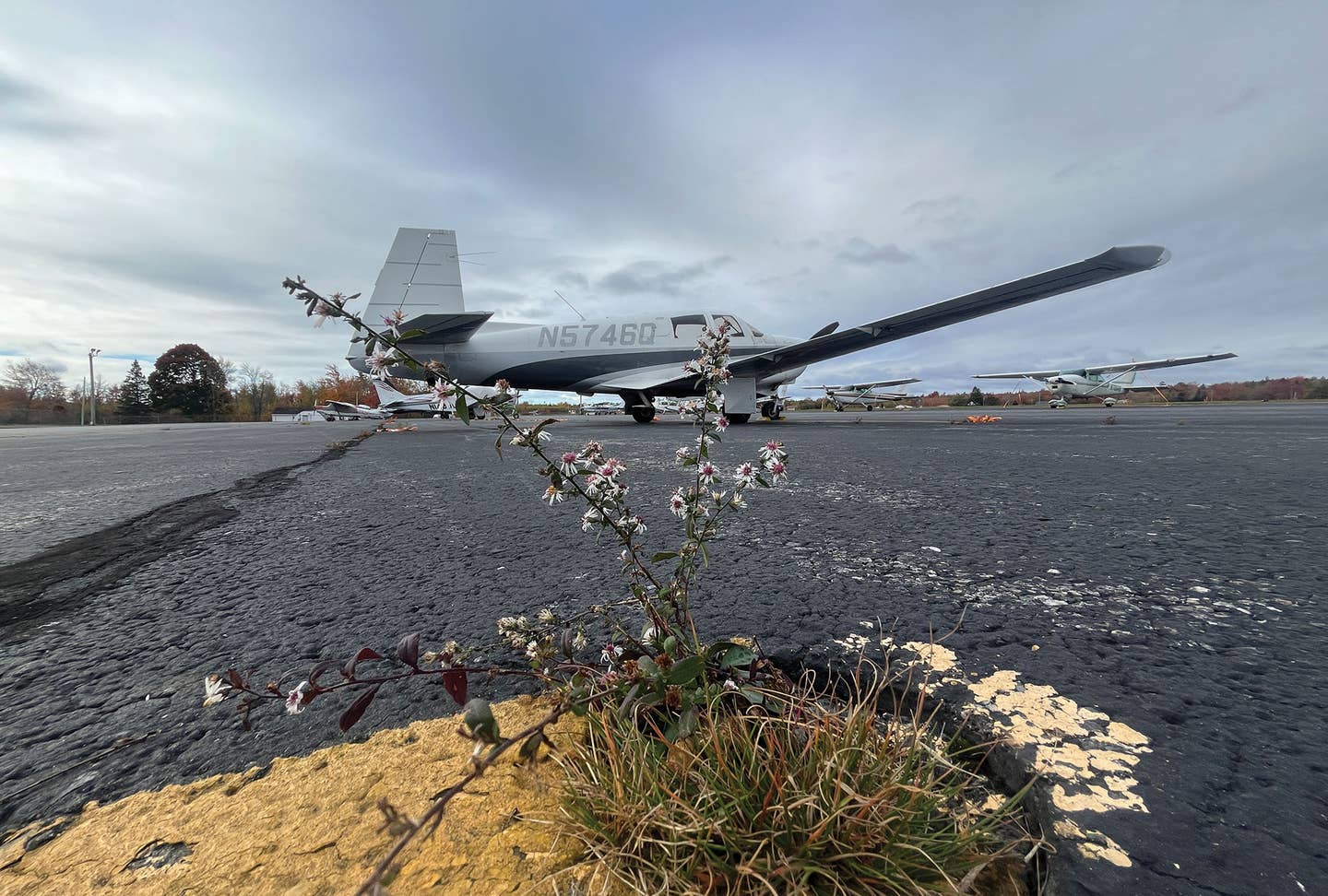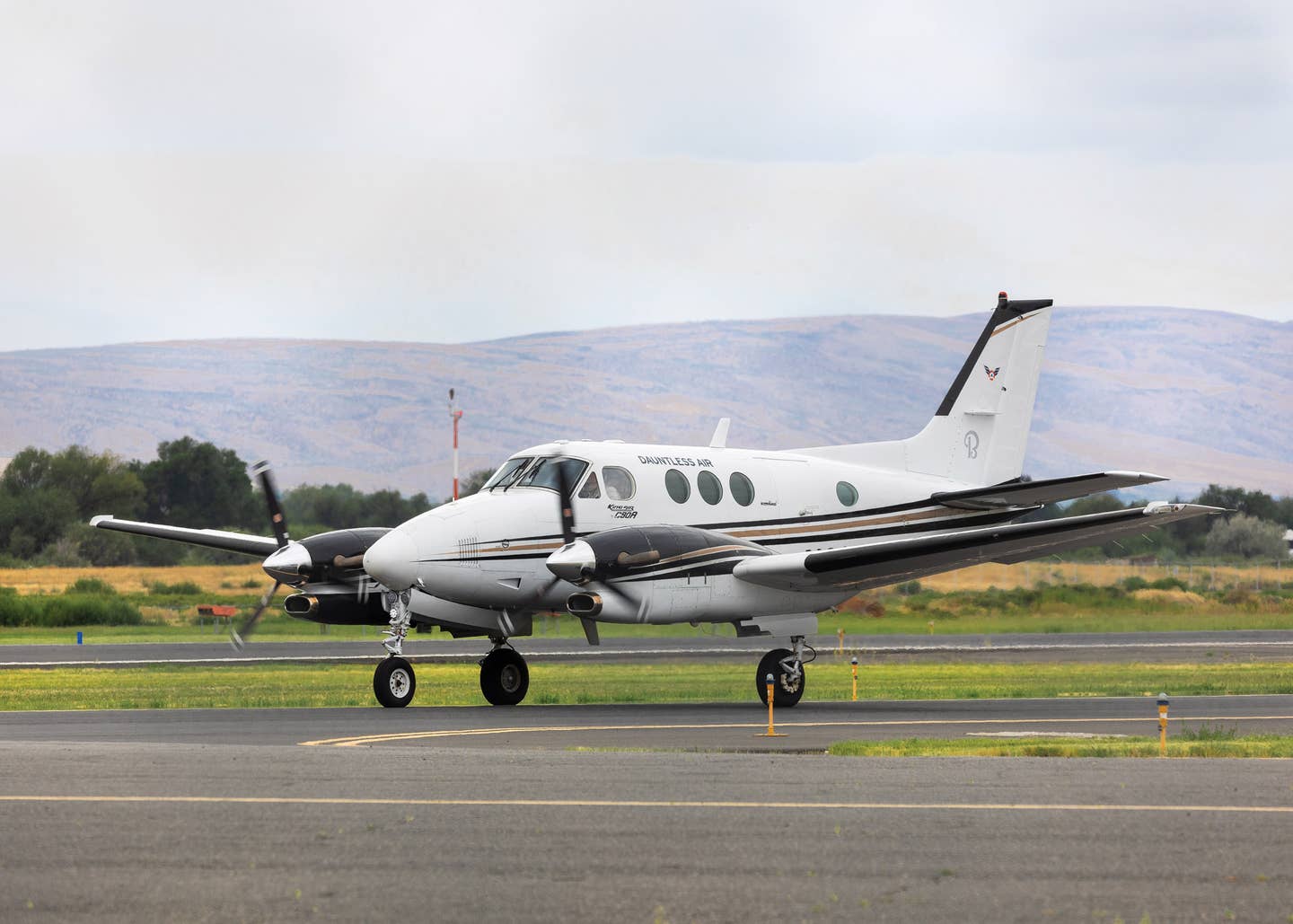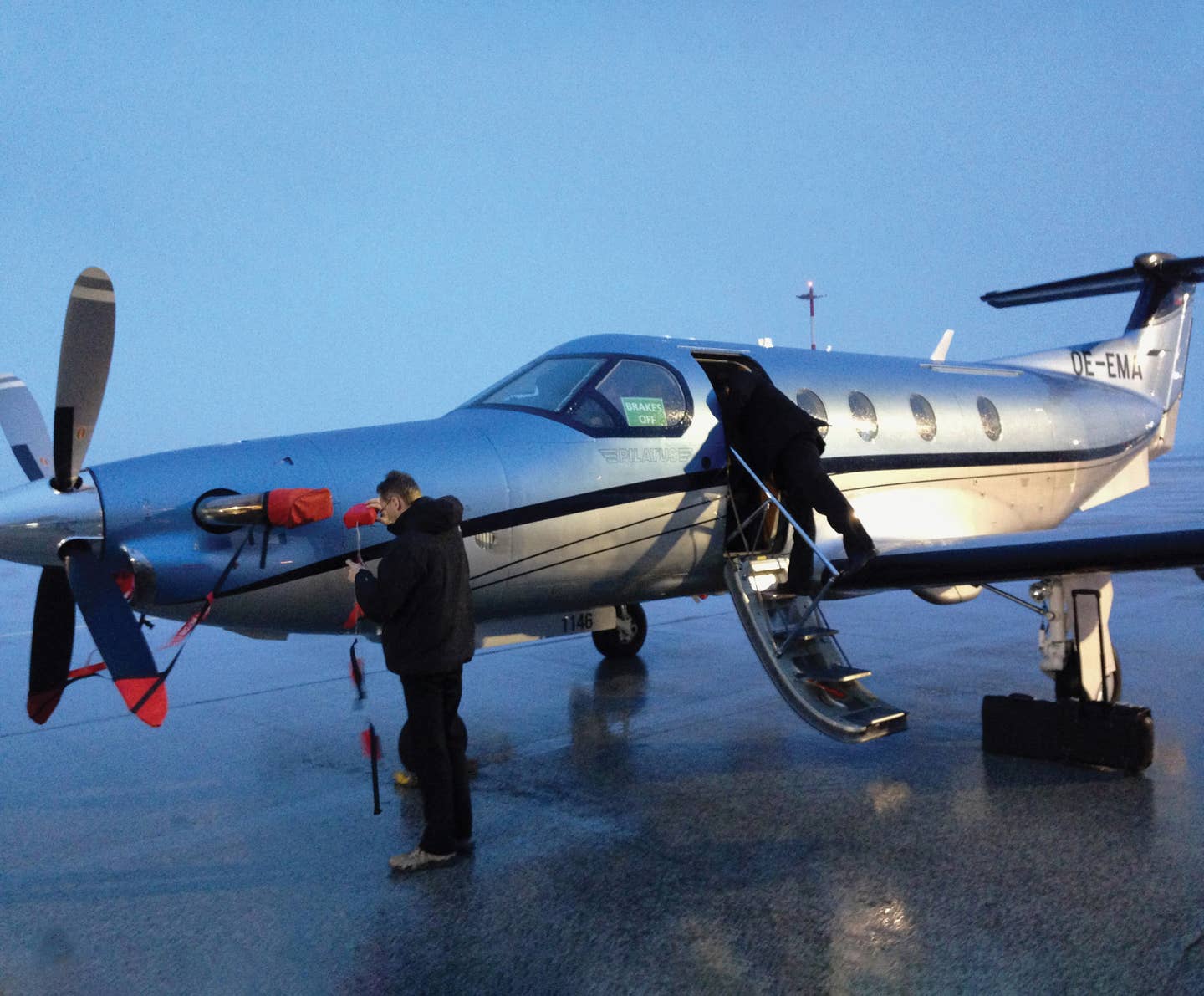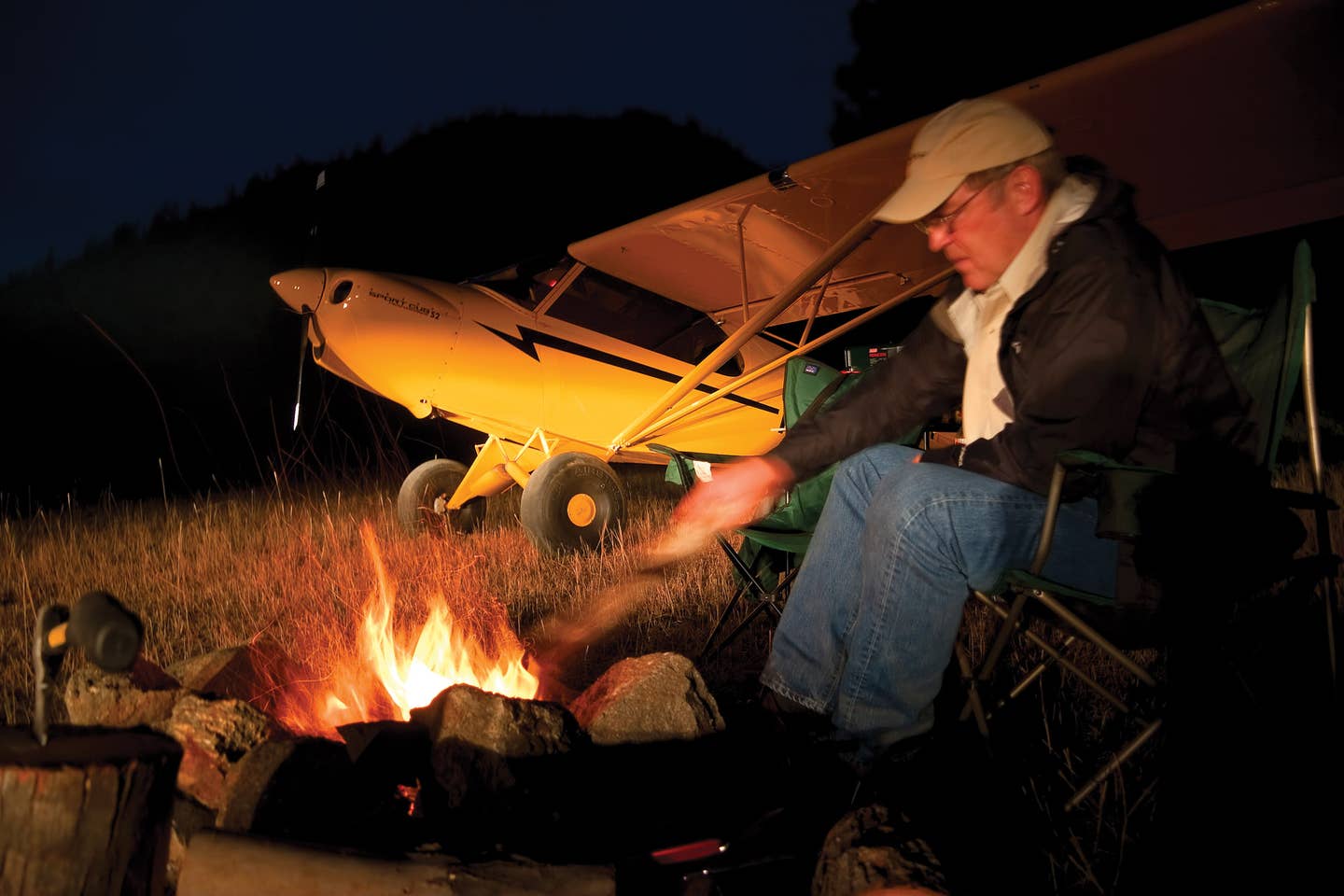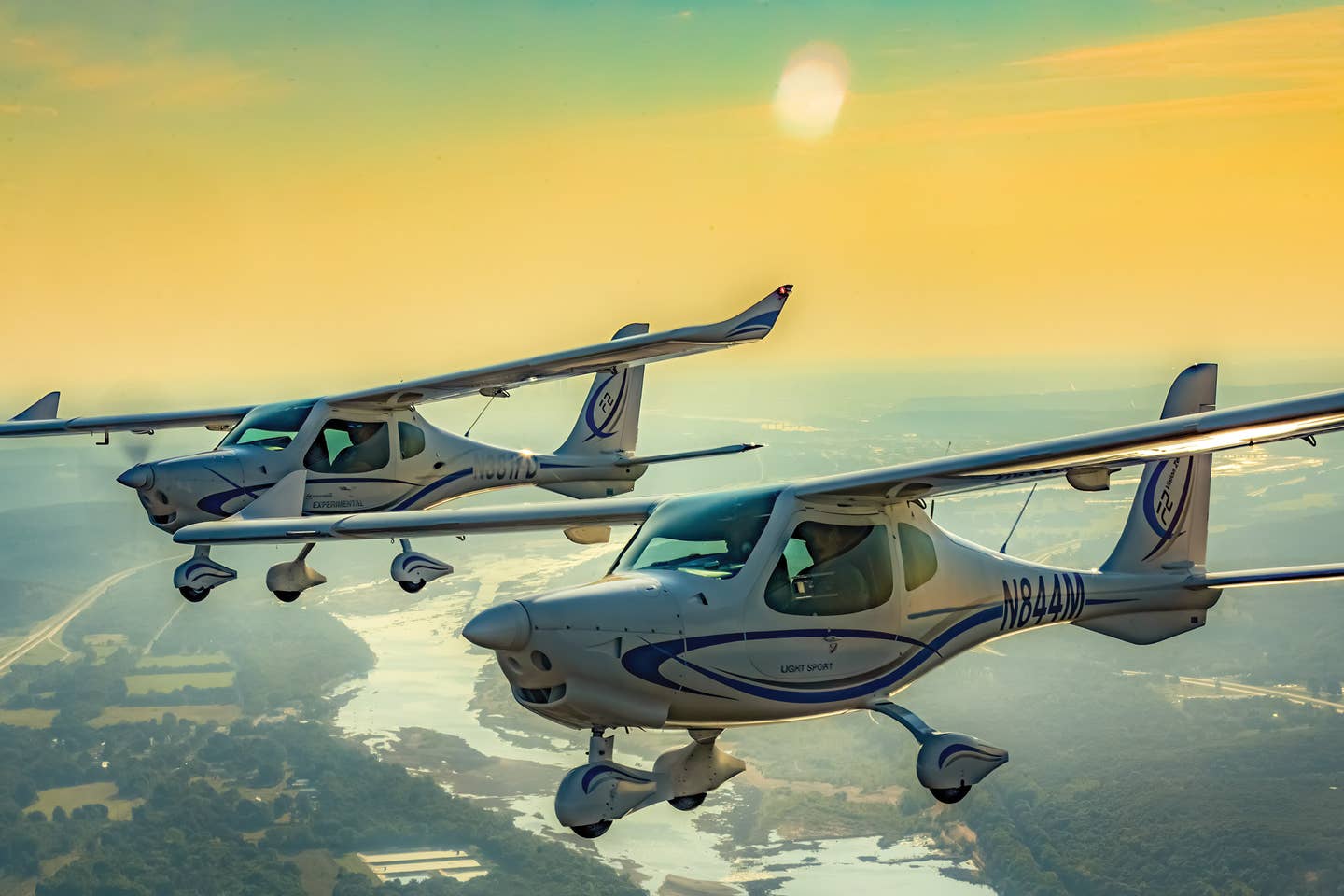The Art And Science Of Formation Flying
The finer side to flying lead or wing
 |
Have you ever wondered what it's like to be flying in close formation with another airplane, seeing the tiniest movement of an aileron, the heat curling from the exhaust? When nothing else exists but your relative position to another wingtip? To know your fate is entirely within your hands, and your control, skill and focus are the only things separating you from life or death.
We stand in awe watching the U.S. Navy Blue Angels, the U.S. Airforce Thunderbirds and the Aeroshell Team. Dynamic and static at the same time---four, five or six beautiful airplanes welded together flying diamond patterns and fingertip sections across the sky, they separate into solos before forming up for a rejoin. Like true athletes and performers, the great formation teams make it look easy. And, if you were sitting in the cockpit, you'd know they're closer than they look.
A formation flight takes a leader and a wingman. The leader trusts the wingman will stay in position. The wingman relies on the lead to guide her safely through the air. They cannot and must not get distracted, even for a second. While a team needs skill, training, practice and depth of experience, trust is the foundation of all formation flying.
Perhaps the most poignant example of this is the 1982 U.S.A.F. Thunderbirds "Diamond Crash." While practicing in the desert as a formation of four T-38 Talon jets, the leader, who had a jammed stabilizer, flew into the ground, taking his entire four-ship team with him. The wingmen, flying off the lead, never broke their concentration. The mutual trust they showed that day makes them quite possibly the best formation team in history.
Not just for demonstration teams, the art and science of formation flying is useful for many reasons. Military pilots learn formation for mutual defense and protection, mission integrity, navigation, target strike and concentration of firepower. Having a wingman in an emergency can be helpful in troubleshooting, visually inspecting another aircraft and providing cover if a plane goes down.
Think of Medal of Honor winner Thomas Hudner and wingman Jesse Brown. In 1950 during the Korean War, Hudner and Brown were flying F4U Corsairs on patrol in North Korea when Brown was hit by enemy fire. In an attempt to save Brown from his burning aircraft, Hudner intentionally landed his airplane on the side of a mountain in below-freezing temperatures to try to help save Brown's life. Flying with another person into combat can give a pilot not only a psychological boost, but a literal one too, as in the famous incident known as "Pardo's Push" where, in Vietnam, Captain Bob Pardo used the tailhook of a damaged combat F-4 Phantom to push it from hostile territory into friendly airspace.
Civilians learn formation flying for similar reasons---to become well-rounded pilots, to provide support while flying cross-country, for camaraderie and fun, and for aerial photography.
I learned formation flying in the wide-open desert outside of Tucson, where I was based for many years. In 1986, the Red Baron Squadron, the premier formation Stearman team, was also based there, and we became friends. I had just made the U.S. Aerobatic Team. The Squadron suggested I learn to fly formation because, later that summer in Europe for the World Aerobatic Championships, I'd be flying cross-country with nine or 10 airplanes.
Red Baron pilot Steve Thompson took me aside and explained the basics---the takeoff, the "form up," taking turns on the right and left wing so I wouldn't become "handed," power adjustments and why being on the outside of a turn requires more power (larger radius) and on the inside less (smaller radius); how to switch sides by sliding back and under the lead so I could always keep him in sight; and what to do if we lost radio communications or lost sight of each other.
I'll never forget my first formation lesson. I followed Thompson out in my Pitts S-1T, giving him a wide lead, then moved in closer to follow him through some shallow turns to the left and to the right, which put me on the outside and then the inside of the turn, my radius increasing and decreasing. As I got a little braver, I moved in close enough to hear the growl of the big 450 hp Pratt & Whitney radial engine. Then, I slid back, down and over to his other side, moved in a little closer, and the biplane's wings and wires became my whole world. It was intense, dramatic and exhausting!
You learn a lot about airplanes by watching them up close in the air. Control surfaces are never completely still, the airflow twists and turns around the empennage, each type of wing accelerates differently and aerodynamic drag is always chipping away at forward speed. If you love airplanes like I do, you understand why flying close to one is so awesome. You see how they take on life and breathe when in the air.
Since that first lesson, I've used formation flying my entire aerobatic career flying cross-country in air shows, troubleshooting problems for other airplanes and for aerial photography.
Air show pilots love to get their pictures taken, and we're often the subjects of the best aerial photographers in the world. There's a formula for great air-to-air photos, the first ingredient being a good photoship. A-36 and V-Tail Bonanzas, B58 Barons, Skymasters and Saratogas with doors removed, or those approved with special camera windows, are ideal. The B-25, every aerial photographer's favorite, is a little harder to come by. The pilot of the photoship must be smooth, experienced and understand formation flying. They have to know how to fly with dissimilar aircraft, handle radios in busy airspace and position the formation for the best light and angles.
A photo flight is pre-briefed in detail--radio frequencies, formation positions and emergency contingencies. The wingmen must manage radios, fuel and power settings without looking inside the cockpit. Fuel management is important. For example, you don't want to run out of fuel or forget to switch tanks with someone tight on your wing, although we stagger and stack our formations so that if that happens, the person alongside you isn't in the direct path of a decelerating airplane.
Sometimes, we have a gaggle of five or even six airplanes. On takeoff, the camera ship is always in the lead. It calls the tower with a "flight of four" or a "flight of six." We use section takeoffs, with one airplane on each side of the lead ship and sections of two staggered behind them, all rolling down the runway at the same time. Centerline is inviolable and used to separate the rolling airplanes. In a two-ship, it's always best for the lead to be on the downwind side of the runway for takeoff, but when with a multiple formation, it's not always possible to avoid wake turbulence.
In the air, we start in echelon formation on the camera-window side of the lead plane, then change things up so the photographer can get a variety of shots. In a four-ship, two pilots may move to the opposite side, giving the other two a chance at some two-ship photos. Then three airplanes might slide over, each pilot then taking turns for the opportunity to get some great solo shots, upright, inverted or in knife edge. If you're the closest to the lead plane, you call "smoke on" when you see the photographer start to shoot.
The camera pilot is always positioning the airplanes for best lighting, so you can end up squinting in the sun a lot. The lead knows and trusts you won't take your eyes off them, but if you do, you peel off as briefed and let them know as soon as you have them back in sight.
We take care of each other in this environment, and the newbie usually gets positioned on the outside of the formation. However, in a formation of several airplanes, the pilot on the outside tends to get the toughest job. It's hard to look past airplanes bumping along, up and down, but the key is to focus on the lead plane. The airplane on the outside feels like it's getting cracked at the end of a whip.
Formation flying is extremely useful, but it leaves little room for error. You try to brief and plan for every contingency, but Murphy's Law---anything that can go wrong will go wrong---is always at play.
As any good wingman knows, sometimes you have to take the lead. A few years ago, I was leading a flight of warbirds that included a B-17 out of Falcon Field, in Mesa, Ariz. I was flying a T6/G and had a friend in the back seat. As we taxied into position on the runway, I moved the stick and rudder around for one last control check, and just before I brought the power up for takeoff, I realized I couldn't get the stick back all the way. It so happened that without telling me, my backseater had swiveled the seat around, a feature of some T-6's, so he could better watch the other airplanes on takeoff. Positioned sideways, the seat restricted the elevator controls. If I had taken off, it would've been a very bad day for all of us.
I have a few war stories, and I've done a few dumb things myself. It's easy to make mistakes when you're inexperienced and don't know what you don't know, but being experienced and over-confident is an even more insidious danger.
The deeper and sometimes darker side of formation flying is that it takes less than a split second to look away and slide into another airplane. Closure rates are amazingly fast.
Flying low level in formation as a wingman for the first time is intense because you see the ground rushing up, but you know you can't look at it like you would when flying solo. You can ignore your intuition and misplace your trust in an inexperienced lead pilot who's unpredictable. There are many traps to fall into. It's the smart and maybe lucky ones who have good mentors when they start out.
Formation flying is very interesting, and there might be nothing else like it. When you're a child, the trust you have in your parents is implicit. When you're an adult, where else do we place such trust in another person? In formation flying, you surrender to that truth, but you're also an active participant. It's a little like being in love, but without the nagging doubts that your lover might leave---as long as you stay on the wing.
This collusion and agreement of mass and metal, mind and heart that drives a flight of airplanes is simply awesome. Next time you're at an air show or see a beautiful air-to-air photograph, think of the execution and the synergy, how close to the edge, how tight the tolerances are and enjoy a better appreciation of it.

Subscribe to Our Newsletter
Get the latest Plane & Pilot Magazine stories delivered directly to your inbox

